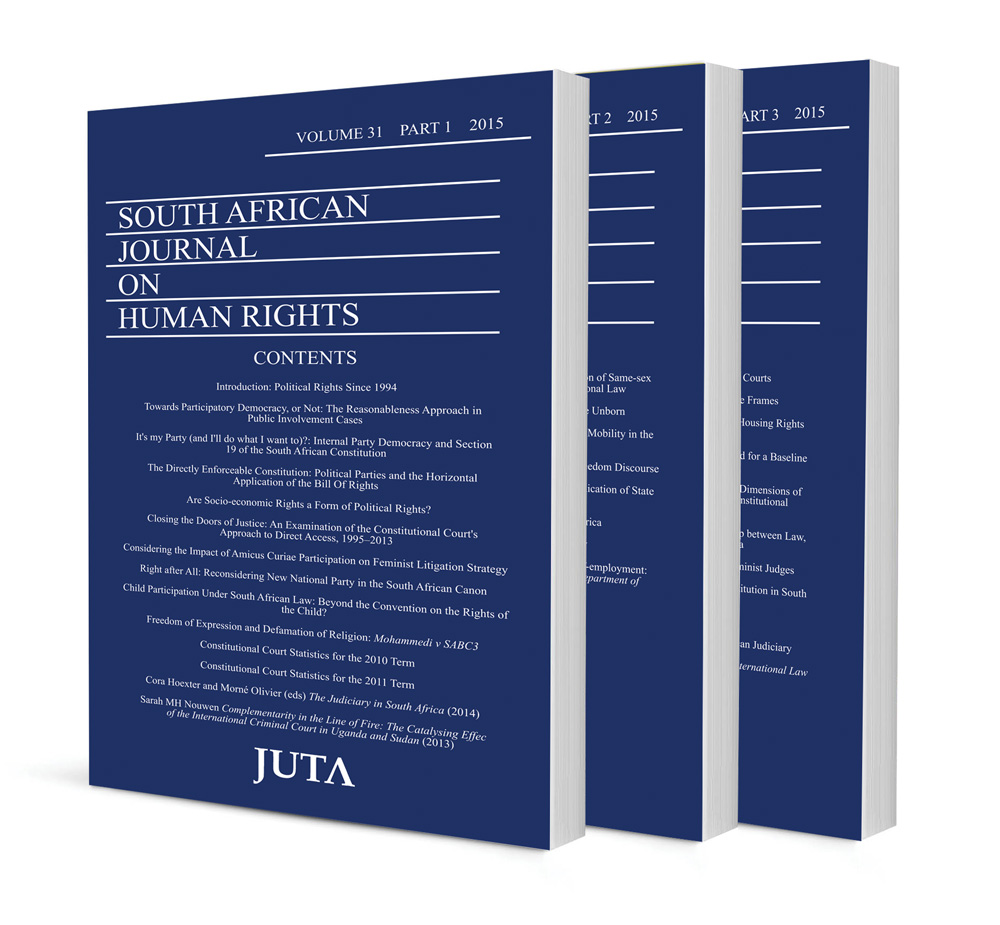Judging Jews: Court interrogation of rule-making and decision-taking by Jewish ecclesiastical bodies

Judging Jews: Court interrogation of rule-making and decision-taking by Jewish ecclesiastical bodies
Authors Stu Woolman, David Zeffertt
ISSN: 1996-2126
Affiliations: Elizabeth Bradley Chair of Ethics, Governance and Sustainable Development, University of the Witwatersrand; Academic Director, Symposia and Colloquia, South African Institute for Advanced Constitutional, Public, Human Rights and International Law; Professor Emeritus, School of Law, University of the Witwatersrand
Source: South African Journal on Human Rights, Volume 28 Issue 2, 2012, p. 196 – 218
Abstract
Determining who is in, and who is out, is a hot topic in debates about membership in religious communities, and the bodies, state and sectarian, that have the power to make decisions regarding such membership. For the most part, the state and the courts have taken a decidedly hands-off approach to interference in religious association decision-making. Some judgments have reinforced the proposition that individuals who ‘voluntarily’ commit themselves to a religious association’s rules and decision-making bodies must be prepared to accept the outcome of fair-hearings conducted by those bodies. At the same time, a number of judgments have demonstrated a willingness to intervene quite profoundly in the affairs of a variety of different religious communities and mediate the relationship between the profane and the sacred, the traditional and the modern. Our intervention concentrates on but two features of court-driven, constitutional review of religious association decisions regarding membership or participation in a given community. First, we suggest how the law of evidence can provide appropriate guidance to courts faced with the challenge of interrogating the validity of decisions taken by religious bodies. Second, we offer a theory of religious community life in a constitutional democracy that can guide courts in determining when and where they should and should not interfere in the decision-making of religious bodies.